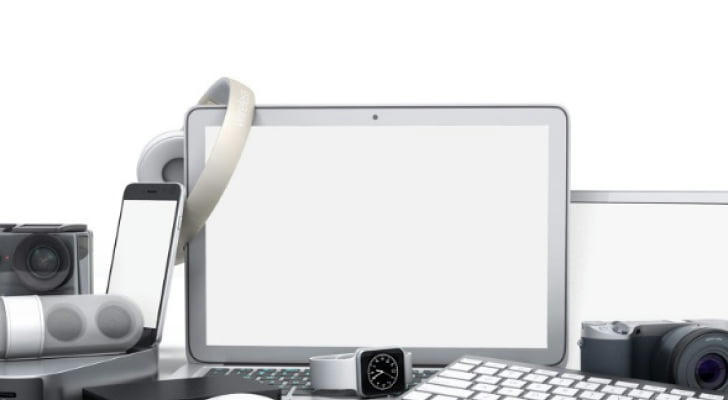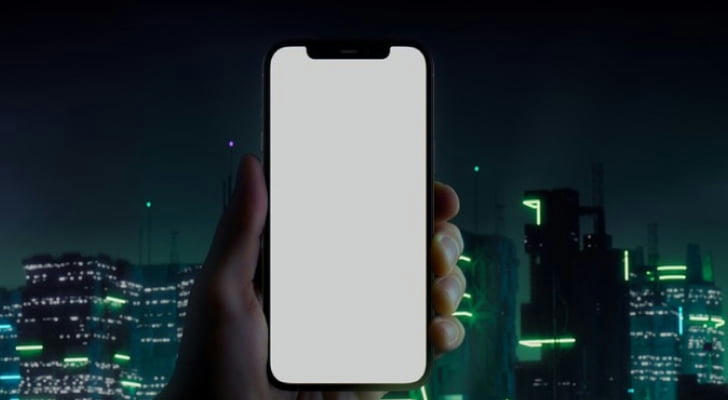Tech Myths Busted: What You’ve Been Getting Wrong 🤯💡

We all love to hear cool facts about technology, but the internet is also full of misconceptions and tech myths that can lead us down the wrong path. Whether it’s about your phone’s battery, internet speed, or the latest gadget, you might be believing things that aren’t true. It’s time to bust some of the most common tech myths and set the record straight!
1. Your Phone Battery Needs to Be Fully Charged or Fully Drained ⚡
The Myth: Charging Your Battery All the Way Down to 0% or Up to 100% is Best for Longevity
You’ve probably heard the advice: “Always let your phone battery die before charging it,” or “Charge your phone all the way to 100% for optimal performance.” Well, that’s not entirely true.
The Truth: Lithium-Ion Batteries Don’t Work That Way
Modern phones use lithium-ion batteries, which don’t have the same “memory effect” as older battery types. In fact, keeping your phone plugged in at 100% or letting it drain completely is not ideal. Batteries actually last longer when they stay between 20% and 80% charge.
To maximize battery life, avoid charging to the absolute max and try to unplug your phone before it hits zero. Instead of worrying about perfect charge cycles, focus on keeping it topped off throughout the day when needed.
2. Incognito Mode Means You’re Completely Anonymous 👀
The Myth: Incognito Mode Hides All Your Digital Footprints
We’ve all used incognito mode to browse the internet, thinking it’s a way to completely hide our online activities. Whether you’re shopping for a surprise gift or simply trying to avoid embarrassing search history, incognito mode seems like a great solution.
The Truth: It Doesn’t Hide Everything
Incognito mode does not make you anonymous on the internet. It only stops your browser from storing your browsing history on your device. Websites, your internet service provider (ISP), and even the websites you visit can still track you using your IP address.
To truly protect your privacy, consider using a VPN (Virtual Private Network) to mask your location and encrypt your browsing activities.

3. Macs Don’t Get Viruses 🦠
The Myth: Macs Are Totally Immune to Viruses and Malware
It’s often said that Macs are immune to viruses, and that’s why people who switch to Apple products feel safe. The logic goes: “Apple’s closed system means no malware, right?”
The Truth: Macs Can Get Viruses Too
While it’s true that Macs are less prone to viruses compared to Windows PCs, they are not immune. As Apple’s market share grows, so do the number of malicious programs targeting them. There are viruses and malware specifically designed for macOS.
The good news is that Mac users still face fewer threats, but don’t let that lull you into a false sense of security. Anti-virus software is still a good idea for keeping your system safe.
4. Closing Apps on Your Phone Saves Battery 🔋
The Myth: Force-Closing Apps Saves Battery Power
If you’re worried about your phone’s battery life, you might be force-closing apps thinking it will help. You might even swipe apps off your screen to "save battery."
The Truth: Closing Apps Actually Wastes Battery
This myth comes from the idea that when apps are open in the background, they continue to use power. However, most apps don’t use significant power when running in the background unless they’re actively performing tasks like updating content or using location services.
In fact, closing apps and reopening them actually uses more energy than just leaving them open. Background apps are often optimized to stay dormant until they’re needed again, so it’s better to just leave them alone.
5. More Megapixels Mean Better Camera Quality 📸
The Myth: The More Megapixels, The Better the Camera
When shopping for a new phone or camera, you’ve probably been tempted to choose the one with the highest megapixel count. But does that mean it will take better photos?
The Truth: Megapixels Aren’t the Whole Story
While it’s true that megapixels measure the resolution of a camera (how many pixels it can capture), they aren’t the only factor that determines photo quality. Other important aspects include sensor size, aperture, image processing, and software enhancements.
A higher megapixel count may result in sharper images, but it doesn’t necessarily mean better photos in real-world conditions, like low light or motion. In fact, some mid-range phones with fewer megapixels can produce better images due to superior image processing.
6. You Should Always Wait for the Latest iPhone Model 📱
The Myth: The Newest iPhone Model is Always the Best
Apple’s marketing has led many to believe that every new iPhone release is a must-have, with the latest features, improvements, and cutting-edge tech. So, you might feel the urge to upgrade every time a new model drops.

The Truth: Upgrading Isn’t Always Necessary
While new iPhones come with fancy features, older models can still perform well and offer most of what you need. In many cases, the differences between models are minor (better cameras, a bit faster processor, etc.), and you might not notice a huge difference day-to-day.
Wait for discounts, trade-in options, or even refurbished models if your current phone still works fine. Don’t get caught up in the hype—choose based on your needs, not marketing.
7. More RAM Means a Faster Phone or Computer ⚡
The Myth: More RAM Automatically Means Better Performance
Everyone knows that RAM (Random Access Memory) is important for smooth performance, right? So, it stands to reason that the more RAM a device has, the faster it will be.
The Truth: RAM Is Only One Piece of the Puzzle
While it’s true that more RAM allows your device to handle more tasks simultaneously, it doesn’t necessarily make your device faster. Performance is influenced by many factors, including the processor, storage speed, and optimization of the software.
For example, if your device is running inefficient software, more RAM won’t do much to speed it up. Likewise, having more RAM than you need won’t lead to significant performance boosts—most devices only need a specific amount for everyday tasks.
8. Shiny New Tech Gadgets Will Make You Happier 🛒
The Myth: New Gadgets Will Instantly Improve Your Life
We’ve all been there. You see the latest tech gadget, and suddenly you believe it will change your life. Whether it’s a smartwatch, new phone, or VR headset, there’s always something that promises to enhance your life.
The Truth: Tech Doesn’t Always Equal Happiness
While new tech gadgets can certainly be fun and useful, they don’t necessarily make you happier or more productive. In fact, they can sometimes lead to more stress and distraction. It’s easy to get caught up in the cycle of constantly upgrading to the next “best thing,” but true satisfaction often comes from balance, not more screens and gadgets.
9. You Should Always Use a Screen Protector and Case 📱
The Myth: Screen Protectors and Cases Are Essential for Every Device
There’s no denying that phones are expensive, and many people buy screen protectors and cases to protect their devices from scratches and damage.
The Truth: Not Always Necessary
While it’s a good idea to protect your phone if you're prone to dropping it, modern phones are designed with stronger glass and durable builds. A screen protector may help prevent scratches, but it’s not always essential if you handle your phone with care.
If you’re using your phone carefully and not prone to accidents, you might be able to go without that bulky case and still keep your phone in good condition.
10. You Need to Upgrade Your Tech Regularly 🔄
The Myth: Upgrading to the Latest Tech Every Year Is Necessary
Tech companies love to market the latest upgrades, but is it really essential to get the newest phone, laptop, or tablet every year?

The Truth: Upgrade When You Need to
Unless your current device is breaking down or you need specific new features, there’s no need to upgrade every year. Tech can last for several years before it becomes outdated. Focus on quality over quantity and invest in tech that will truly improve your life, not just because it’s shiny and new.
Conclusion: Think Before You Believe 🧠
Tech myths are everywhere, and it’s easy to get caught up in them. From battery charging tips to the newest gadgets, we’re constantly bombarded with advice that may not always be true. By understanding the facts and busting these myths, you’ll be more informed about how to make the best decisions when it comes to your tech.
So, the next time someone tells you a tech myth, you’ll be ready to correct them with the truth. And maybe, just maybe, you’ll also save some money and stress in the process!
